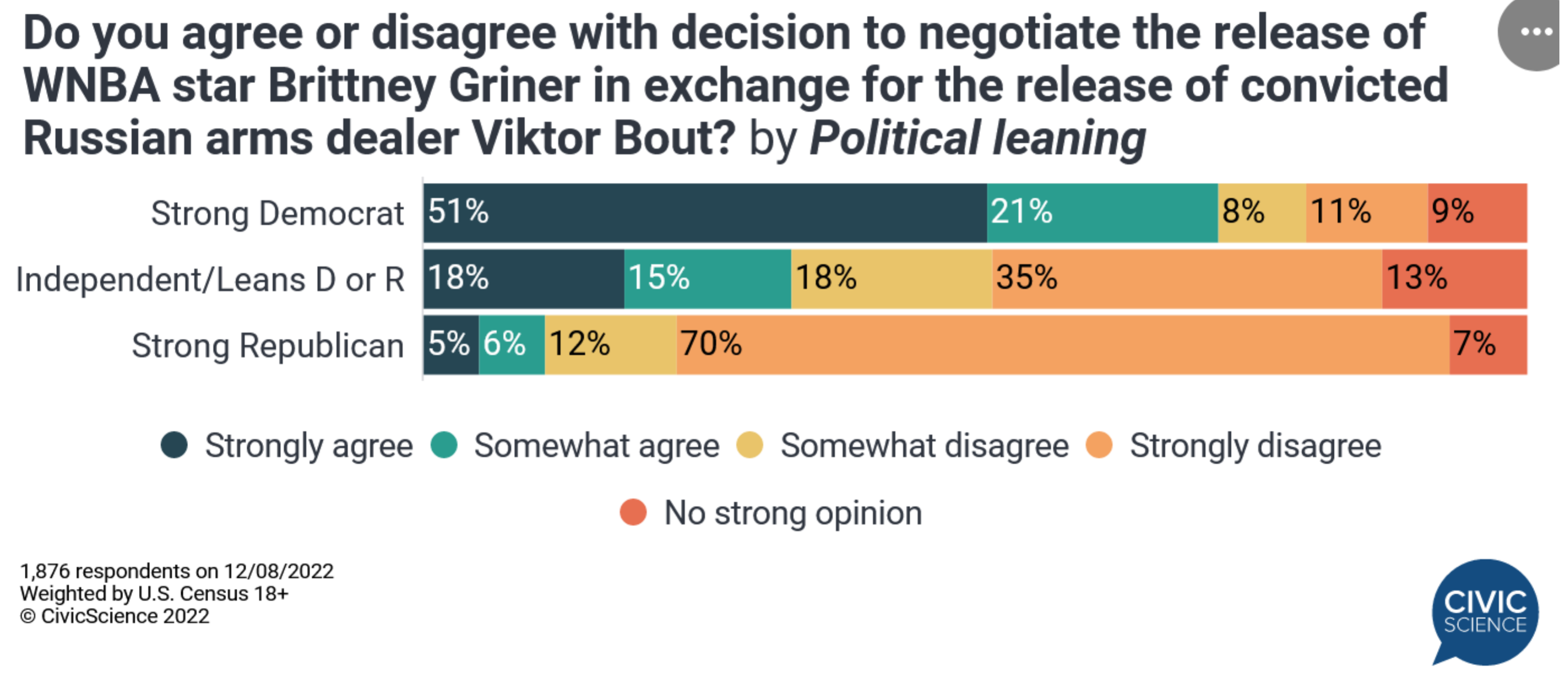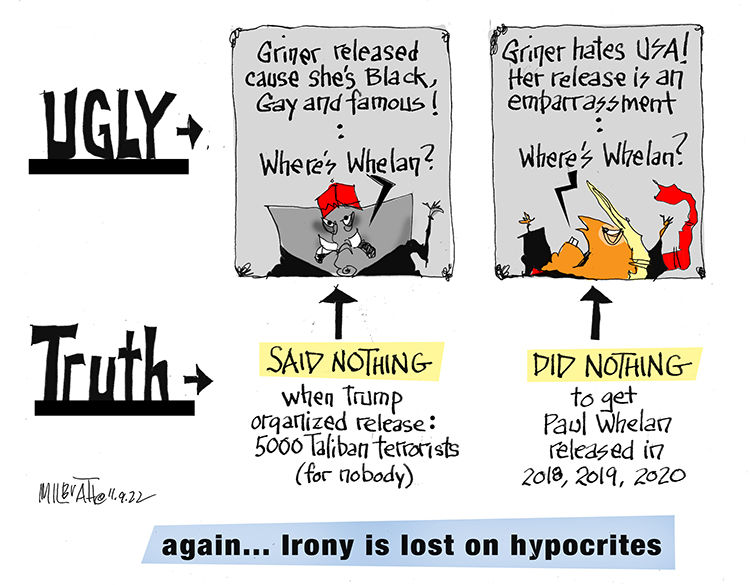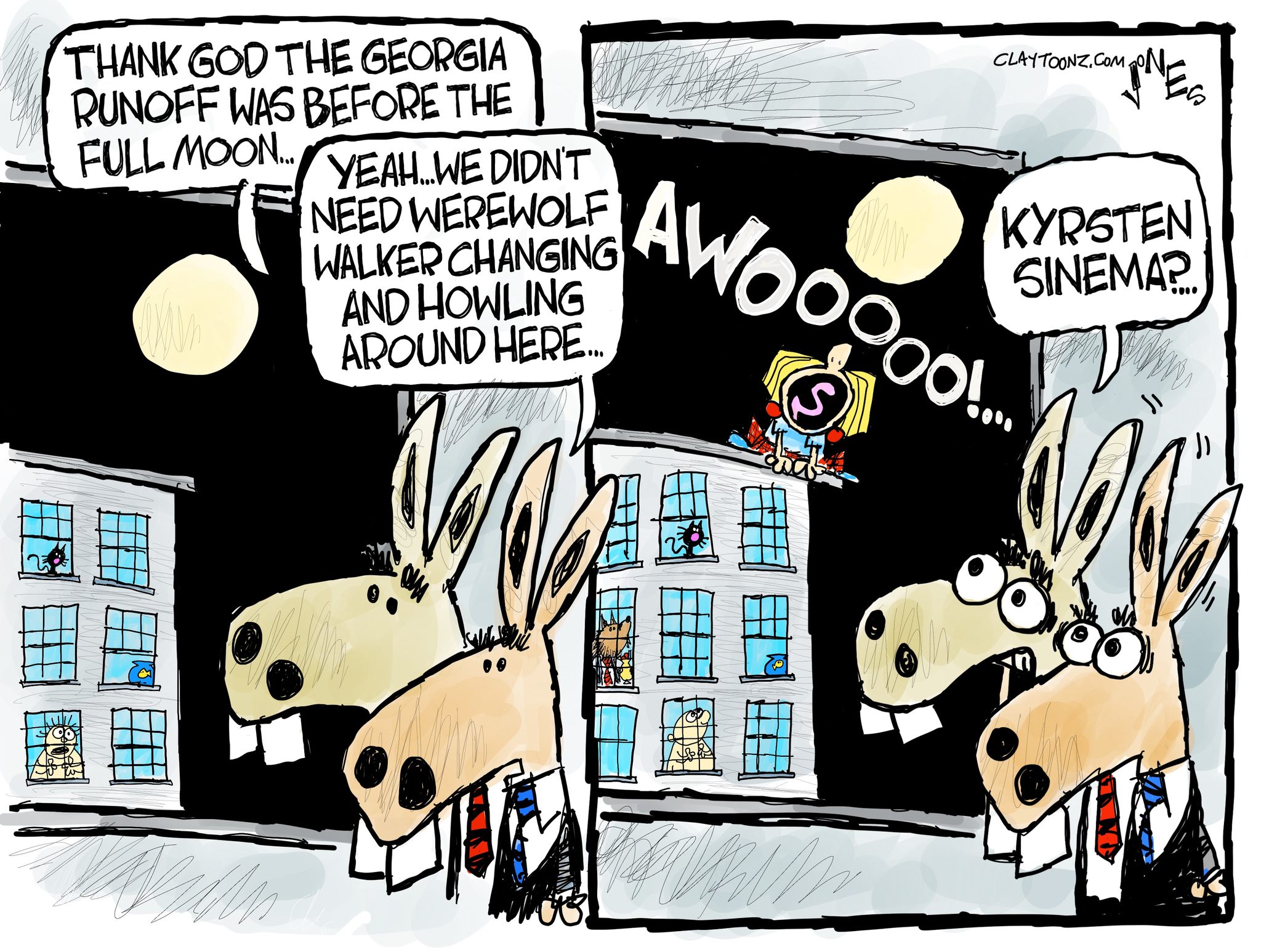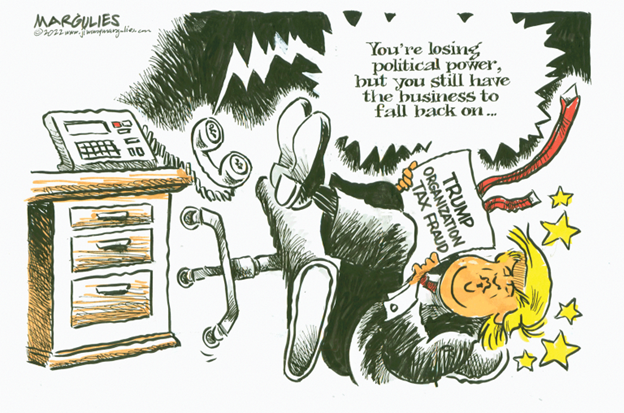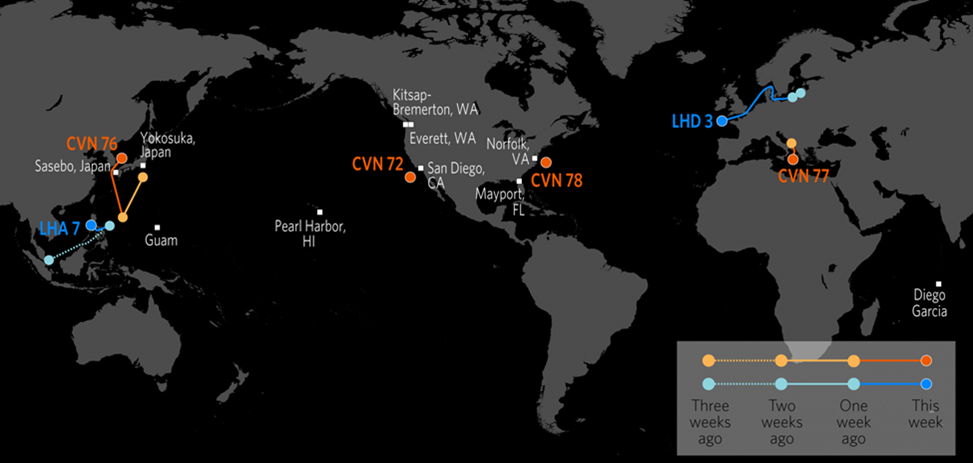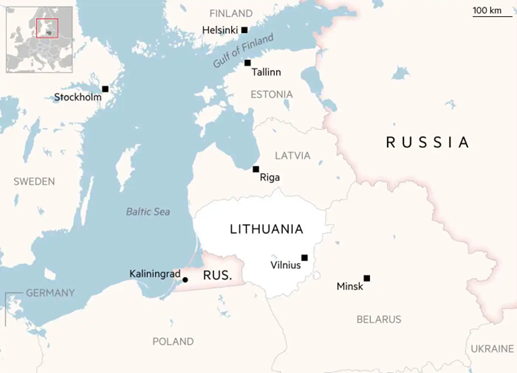The Daily Escape:
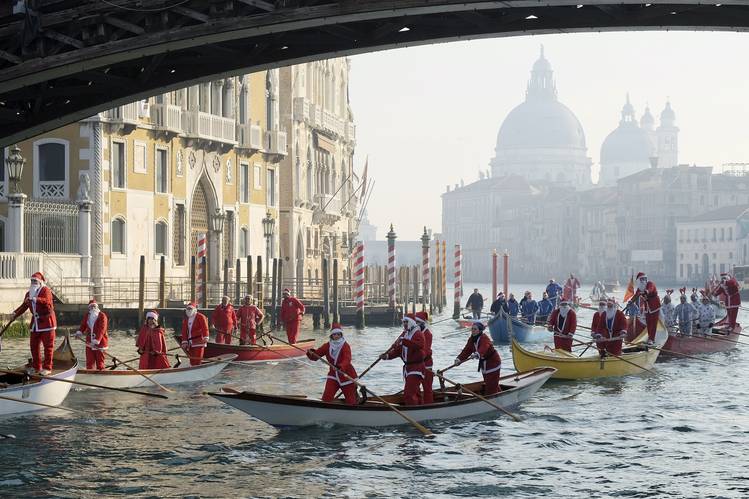
Santas on the Grand Canal in Venice 2017 photo via WSJ
(This column is late coming to you since the big storm left the Mansion of Wrong with no internet for two days, due to a large tree falling across our road. The high winds prevented crews from working to remove it for 24 hours. It also may be Wrongo’s last column until Jan. 4th.)
The New Year will continue to bring us the chaos that we’ve sadly become accustomed to. The 118th Congress and its Republican House majority will again test America’s norms. The 2024 presidential election is going to bring an extra silly season of political news, so take a real break if you can.
One thought for year end is to set out a framework for thinking about America’s commitment to Ukraine.
We know that a significant number of Republicans and some Democrats want to pull the plug on our support for Ukraine in its war with Russia. For now, the majority think it should remain a “whatever it takes, for as long as it takes” situation. Implicit in the second viewpoint is that American soldiers are never going to be combatants in Ukraine, and that we’re not talking about another 20-year war like in Afghanistan.
A few things to think about. Do we have a choice to support Ukraine, or is supporting them a necessity? We have talked about the difference between “wars of choice” and “wars of necessity” throughout Wrongo’s adult life. Two of our worst military experiences were in wars of choice: Vietnam and Afghanistan. We didn’t have to intervene in either, but our political leaders decided that America’s national security had a true connection to both conflicts. The clear wars of necessity for America were the US Civil War, and the two World Wars. All threated the existence of the US homeland.
Somewhere in between wars of choice and necessity is Ukraine. It isn’t an ally where we are obligated by a treaty, like we have with Europe via NATO. We are obligated to defend any NATO member who is attacked. For example, that would mean a war against Latvia is a war against the US.
We spent 20+ years fighting in Afghanistan. Given what we learned there, would America ever spend a minute fighting for Latvia? When Trump was president he flirted with saying we wouldn’t immediately commit to defending just any NATO country, and he wasn’t alone in that thinking.
That means we could consider choosing not to defend NATO at all, or not to defend individual NATO countries.
We’re facing Cold War II with China and Russia. Our new Omnibus budget allocates 10% more money to national defense than last year, largely because of the possibility of fighting both countries at great distances from home. The budget implies that our national security is threated by both of them.
Russia’s invasion of Ukraine could become a generation-long rolling war between Russia and the small NATO countries that border either Russia or Belarus, if Ukraine loses. Would America then rally and support NATO? Where would we draw the red line? Support for Germany but not for Poland? Ok, we’ll support Poland, but not Latvia?
We need to think through our priorities. We fought in Afghanistan because we believed fighting a far enemy (al-Qaeda) was better than waiting and fighting them as a near enemy. That is also the basis of why we created and remain a member of NATO: Fighting Russia over there was smarter than fighting it nearby, like in Cuba.
Neither China nor Russia are presently our near enemies. If China invades Taiwan, direct involvement by the US would be another war of choice with a far enemy. Ukraine represents a war of choice with a different far enemy, but one in very close proximity to our treaty partners, an enemy that could cross NATO’s trip wire at any time.
Our history suggests that the American people will agree to wage wars of choice if they are relatively cheap and short in duration. What we call a cheap war is mostly a partisan political question. But talking about the cost of a war of choice is a proxy for how Americans value the country that we’re intent on supporting.
Ukraine is a proxy war of choice. We have very few people on the ground and none in a direct combat role. The twin goals are to preserve Ukrainian independence and to bleed Russia of its conventional military capability. Americans need to consider the following implications for national security:
- Since our resources are limited, should we choose between containing Russia or containing China?
- What is the goal of containing either or both?
- How important are the small NATO counties to our national security?
- If Ukraine loses its fight with Russia, would our national security be weakened?
- If yes, can we live with that, or should we be doing more now?
On to a Saturday that’s also Christmas Eve! Forget tree-trimming and the last-minute Amazon shopping for a few minutes. It’s time to unplug and land on a small oasis of soothing in the midst of all of the chaos.
Gaze out at the last few leaves on the trees, and listen to the late Greg Lake, of Emerson, Lake, and Palmer, perform 1985’s “I Believe in Father Christmas”. Although most people think of it as a Christmas song, Lake wrote the song to protest the commercialization of Christmas. Here Lake, along with Jethro Tull’s Ian Anderson on flute perform it live at St. Bride’s Church, in the City of London along with the church’s choir:
The last line of the song says: “The Christmas you deserve is the Christmas you get.”
That might be considered harsh in some circumstances, but it might also be true. Anyway, Merry Christmas, Happy Festivus, Happy Chanukah, Happy Kwanzaa, and Happy New Year to all. Let’s hope the deep divisions in our country can be somehow healed by a seasonal miracle.


